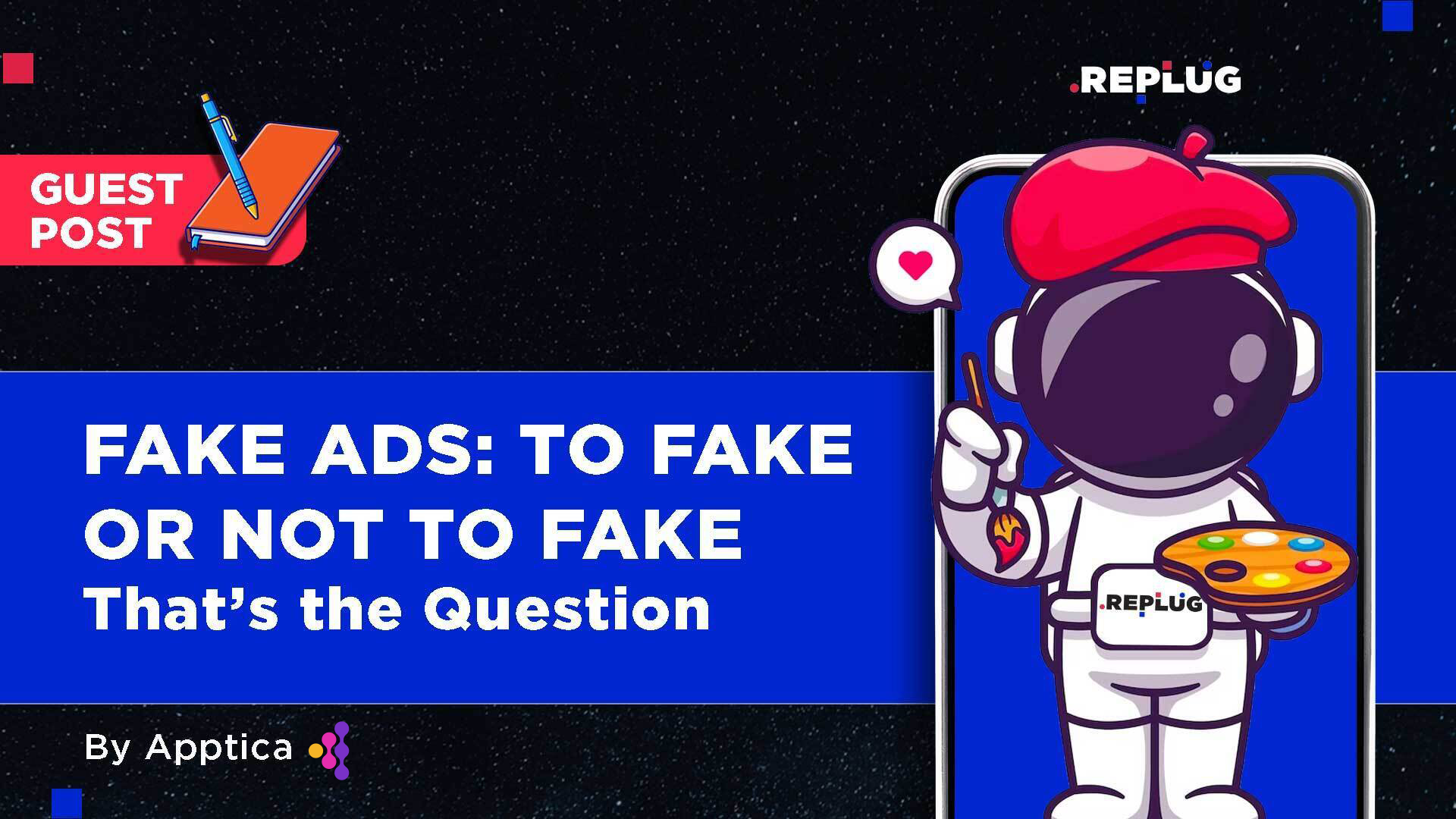Embed Code S Fake Ads: A Comprehensive Guide To Protecting Your Website
Online advertising is a crucial aspect of digital marketing, but it also comes with risks. Fake ads, which can harm both website owners and users, are becoming increasingly common. Understanding how to identify and prevent embed code s fake ads is essential for maintaining a secure and trustworthy online environment.
Fake ads have become a significant concern for website owners and digital advertisers alike. These deceptive advertisements can damage your website's reputation and put your users at risk. By learning how to detect and eliminate embed code s fake ads, you can protect your online platform from potential threats.
In this article, we will explore the world of fake ads, focusing on embed codes and the risks they pose. We will provide practical solutions and actionable advice to help you safeguard your website from malicious content. Let's dive in!
Table of Contents
- What Are Embed Code S Fake Ads?
- Risks Associated with Fake Ads
- How Fake Ads Work
- Detecting Fake Ads
- Preventing Fake Ads
- Tools for Securing Your Website
- Best Practices for Advertising
- Case Studies
- Legal and Regulatory Considerations
- Conclusion
What Are Embed Code S Fake Ads?
Embed code s fake ads refer to deceptive advertisements that are embedded within a website's code. These ads may appear legitimate but are designed to trick users into clicking on them, leading to malicious websites or downloading harmful software. The prevalence of embed code s fake ads has increased as cybercriminals become more sophisticated in their tactics.
Types of Fake Ads
Fake ads come in various forms, including:
- Banner ads
- Pop-up ads
- Video ads
- Interstitial ads
Each type of fake ad poses unique risks to both website owners and users. Understanding the differences between these formats is crucial for effective detection and prevention.
Risks Associated with Fake Ads
Embed code s fake ads pose several risks to websites and their users. These risks include:
- Malware Distribution: Fake ads can distribute malware, which can compromise user devices and steal sensitive information.
- Reputation Damage: Hosting fake ads can harm a website's reputation, leading to a loss of trust and potential revenue.
- Financial Loss: Clicking on fake ads can result in unauthorized charges or financial fraud.
- User Safety: Fake ads can lead users to unsafe websites, increasing the risk of identity theft and other cybercrimes.
These risks highlight the importance of vigilance when it comes to managing online advertisements.
How Fake Ads Work
Fake ads operate by exploiting vulnerabilities in website code. Cybercriminals use embed codes to inject malicious advertisements into legitimate websites. Once these ads are displayed, they can deceive users into interacting with them, leading to various negative outcomes.
Techniques Used by Cybercriminals
Cybercriminals employ several techniques to create and distribute fake ads, including:
- Malvertising
- Phishing
- Social engineering
By understanding these techniques, website owners can better protect their platforms from potential threats.
Detecting Fake Ads
Detecting embed code s fake ads requires a proactive approach. Website owners should regularly monitor their platforms for suspicious activity and implement tools to identify malicious content.
Signs of Fake Ads
Some common signs of fake ads include:
- Unusual pop-ups
- Redirects to unknown websites
- Ads promoting unrealistic offers
By staying vigilant and recognizing these signs, website owners can take swift action to remove fake ads from their platforms.
Preventing Fake Ads
Preventing embed code s fake ads involves implementing robust security measures and adopting best practices for online advertising. Website owners should prioritize the following strategies:
- Using secure ad networks
- Implementing ad filtering solutions
- Regularly updating website software
These preventive measures can significantly reduce the risk of hosting fake ads and protect both website owners and users.
Tools for Securing Your Website
Several tools are available to help website owners secure their platforms against embed code s fake ads. These tools include:
Ad Filtering Software
Ad filtering software can detect and block malicious advertisements before they reach users. Popular options include:
- AdSecure
- AdThrive
- Google AdSense
Firewalls and Antivirus Programs
Firewalls and antivirus programs provide an additional layer of security by protecting against malware and other cyber threats. Examples of effective solutions include:
- Malwarebytes
- Bitdefender
- Kaspersky
By utilizing these tools, website owners can enhance their platform's security and minimize the risk of hosting fake ads.
Best Practices for Advertising
To ensure a safe and effective advertising experience, website owners should adhere to the following best practices:
- Conduct thorough research on ad networks
- Monitor ad performance regularly
- Engage with reputable advertisers
By following these guidelines, website owners can create a secure and trustworthy environment for both themselves and their users.
Case Studies
Several notable case studies highlight the impact of embed code s fake ads on websites and their users. For example:
Case Study 1: A Large E-commerce Platform
A major e-commerce platform experienced a significant breach due to fake ads. The incident resulted in financial losses and a decline in user trust. By implementing enhanced security measures, the platform was able to recover and restore its reputation.
Case Study 2: A Popular News Website
A well-known news website fell victim to malvertising, leading to widespread user complaints. The website quickly addressed the issue by partnering with a trusted ad filtering service, ensuring a safer browsing experience for its audience.
These case studies underscore the importance of proactive measures in combating fake ads.
Legal and Regulatory Considerations
Website owners must be aware of the legal and regulatory implications of hosting embed code s fake ads. Compliance with relevant laws, such as the General Data Protection Regulation (GDPR) and the California Consumer Privacy Act (CCPA), is essential for avoiding legal consequences.
Key Regulations
Some key regulations to consider include:
- GDPR
- CCPA
- Children's Online Privacy Protection Act (COPPA)
By adhering to these regulations, website owners can ensure a legally compliant and secure advertising environment.
Conclusion
In conclusion, embed code s fake ads pose significant risks to websites and their users. By understanding the nature of these threats and implementing effective prevention strategies, website owners can protect their platforms and maintain user trust. We encourage you to take action by:
- Regularly monitoring your website for suspicious activity
- Utilizing security tools and software
- Adhering to best practices for online advertising
We invite you to share your thoughts and experiences in the comments section below. Additionally, feel free to explore our other articles for more insights on digital security and online advertising.

Fake Mobile Ads To Fake or Not to Fake That’s the Question

Creating an Embed Spotify for Developers

Creating an Embed Spotify for Developers